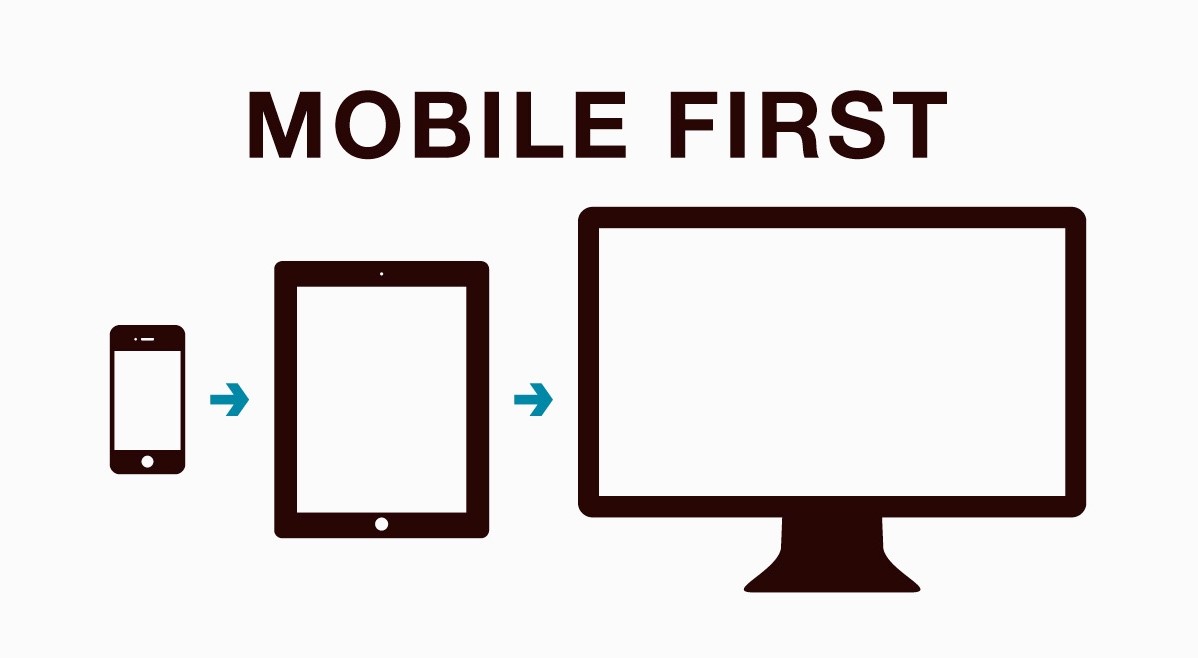
What your website will need by 2020
- Mobile-First
People simply aren’t turning on their laptops or desktops to access the internet as much anymore. The era of the smartphone, tablet and wearable tech is well and truly with us. We now have access to the internet anytime, anywhere and mobile browsing has now overtaken desktop access. More than 60% of traffic is coming from mobile devices, so responsive, mobile first design is essential and that’s unlikely to change. By 2020, there’ll be no place for sites that don’t look after their mobile visitors.
- Accessibility
An accessible site is designed to work with assistive technology. These include things like screen readers for users with disabilities. Websites must consider the potential exclusion of a large section of the population if they rely on users being able to hear, use a mouse or see specific information. A website must be accessible for all. By 2020, reaching this level of accessibility for websites will be standard practice, so don’t get left behind. For help with updating your website, contact a Cardiff web designer like https://ambercouch.co.uk/
- Minimalist
Apparently, humans have an attention span of just 8 seconds. That’s shorter than a goldfish! In today’s fast-paced world, when we’re all starved of time and constantly being bombarded with new information, we increasingly need ‘skimmable’ material. As content becomes more easily digestible, so too will layout and design. That’s not to say that sites won’t grow to have impressive capabilities but that designers will create fresh ways to use the design space to supplement the content.
- Content that’s dynamic
Dynamic content means content that can change depending on the user interaction. In essence, two people visiting the same site can have a very different experience based on their actions the last time they visited the page, where they are in the world and what time it is.
Whilst not a new concept, it is predicted that it will develop a fuller potential by 2020 and greatly enhance user experiences. Social media has taken this concept and really run with it, whereas websites have all but ignored it thus far.
- Security
Security used to be considered important only for those sites taking payments but not anymore. Security breaches have made big global news stories of late and as such, consumers are paying much closer attention to what’s happening with their payment information and personal details. By 2020 it is expected that every website will display the trusted green padlock symbol in the URL address bar.
